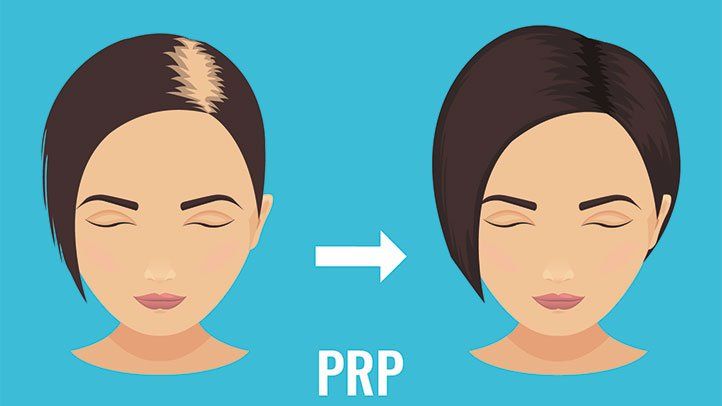PRP Hair regrowth
What is PRP therapy?
PRP (platelet-rich plasma) therapy for hair loss is a three-step medical treatment in which a person’s blood is drawn, processed, and then injected into the scalp.
Some in the medical community think that PRP injections trigger natural hair growth and maintain it by increasing blood supply to the hair follicle and increasing the thickness of the hair shaft. Sometimes this approach is combined with other hair loss procedures or medications.
There hasn’t been enough research to prove if PRP is an effective hair loss treatment. However, PRP therapy has been in use since the 1980s. It’s been used for problems such as healing injured tendons, ligaments, and muscles.
PRP therapy process
PRP therapy is a three-step process. Most PRP therapy requires three treatments 4–6 weeks apart. Maintenance treatments are required every 4–6 months.
Step 1
Step 2
After about 10 minutes in the centrifuge, your blood will have separated into in three layers:
Step 3
PRP for hair loss side effects
Because PRP therapy involves injecting your own blood into your scalp, you aren’t at risk for getting a communicable disease.
Still, any therapy that involves injections always carries a risk of side effects such as:
There’s also the chance that you could have a negative reaction to the anesthetic used in the therapy. If you decide to pursue PRP therapy for hair loss, let your doctor know in advance about your tolerance to anesthetics.
Risks of PRP for hair loss
Be sure to report all medications you’re on before the procedure including supplements and herbs. When you go for your initial consultation, many providers will recommend against PRP for hair loss if you:
You might also be rejected for treatment if you’ve been diagnosed with:

